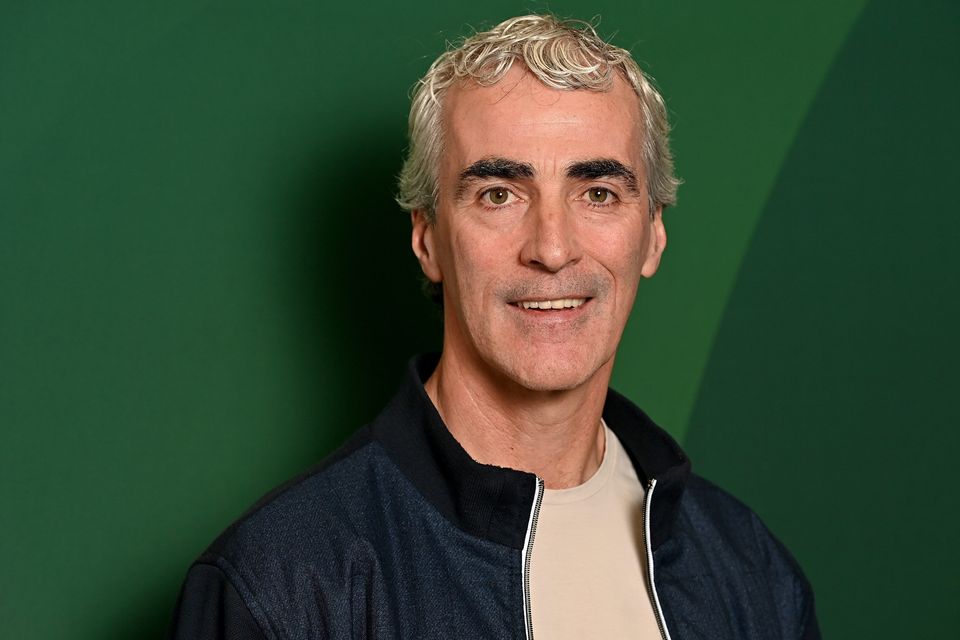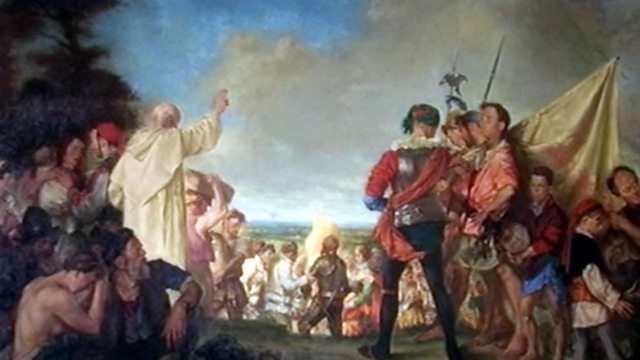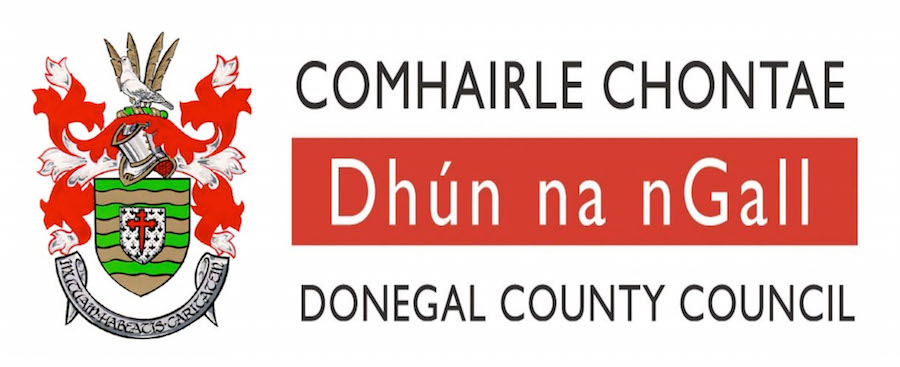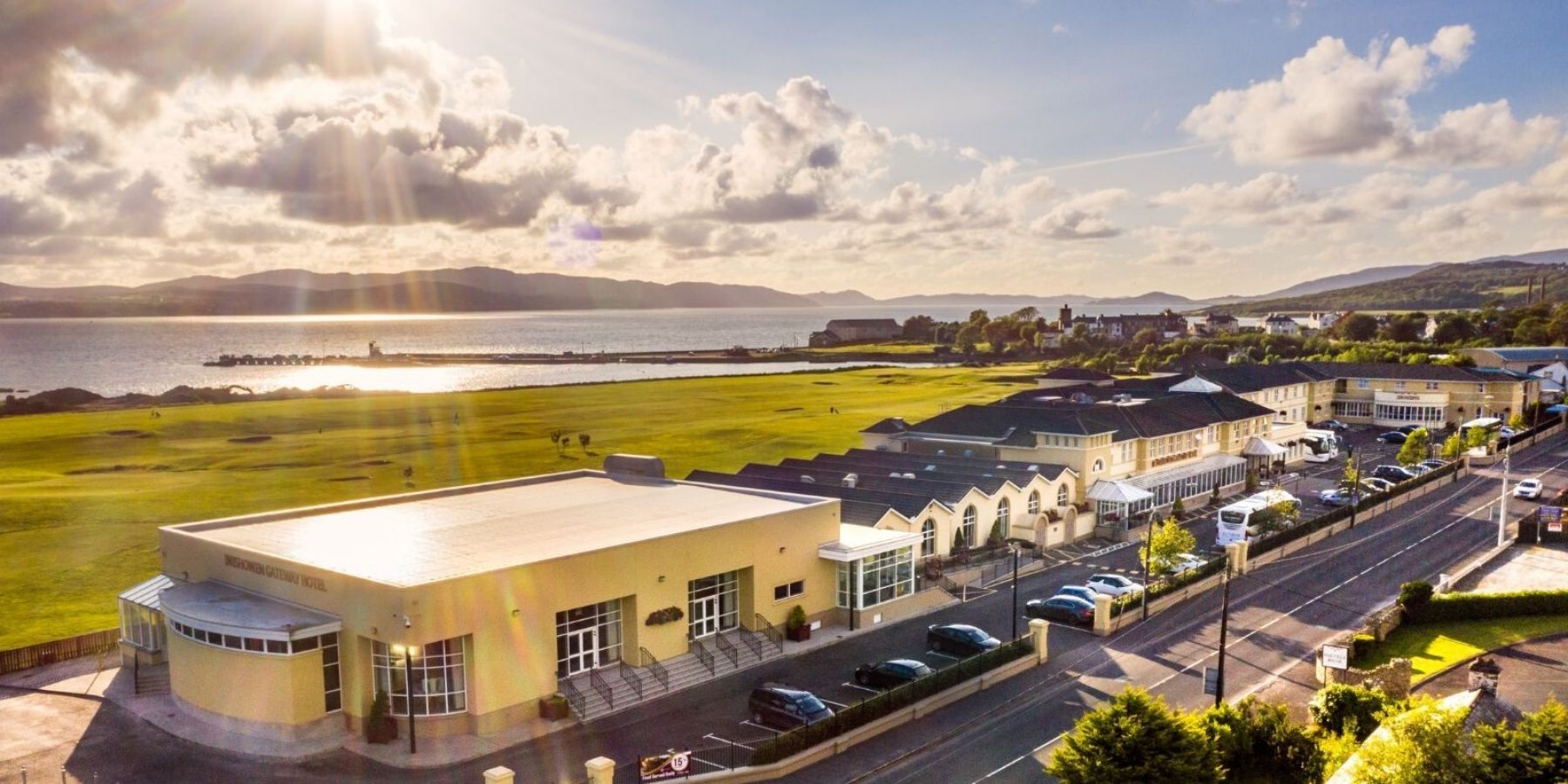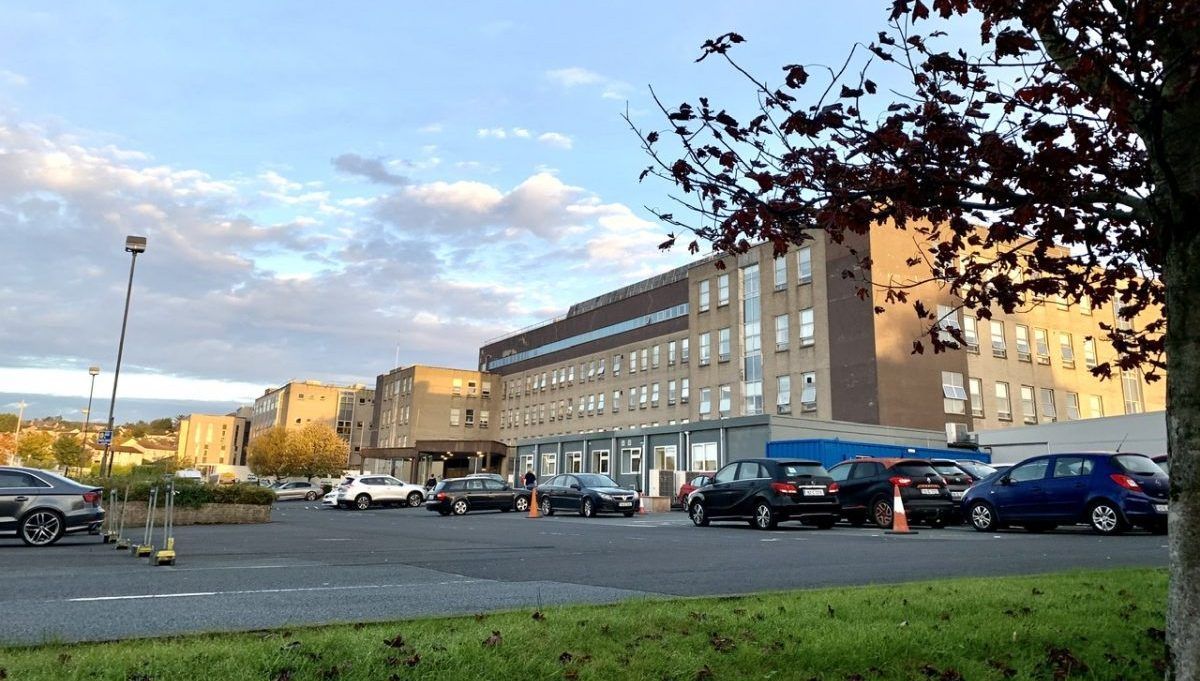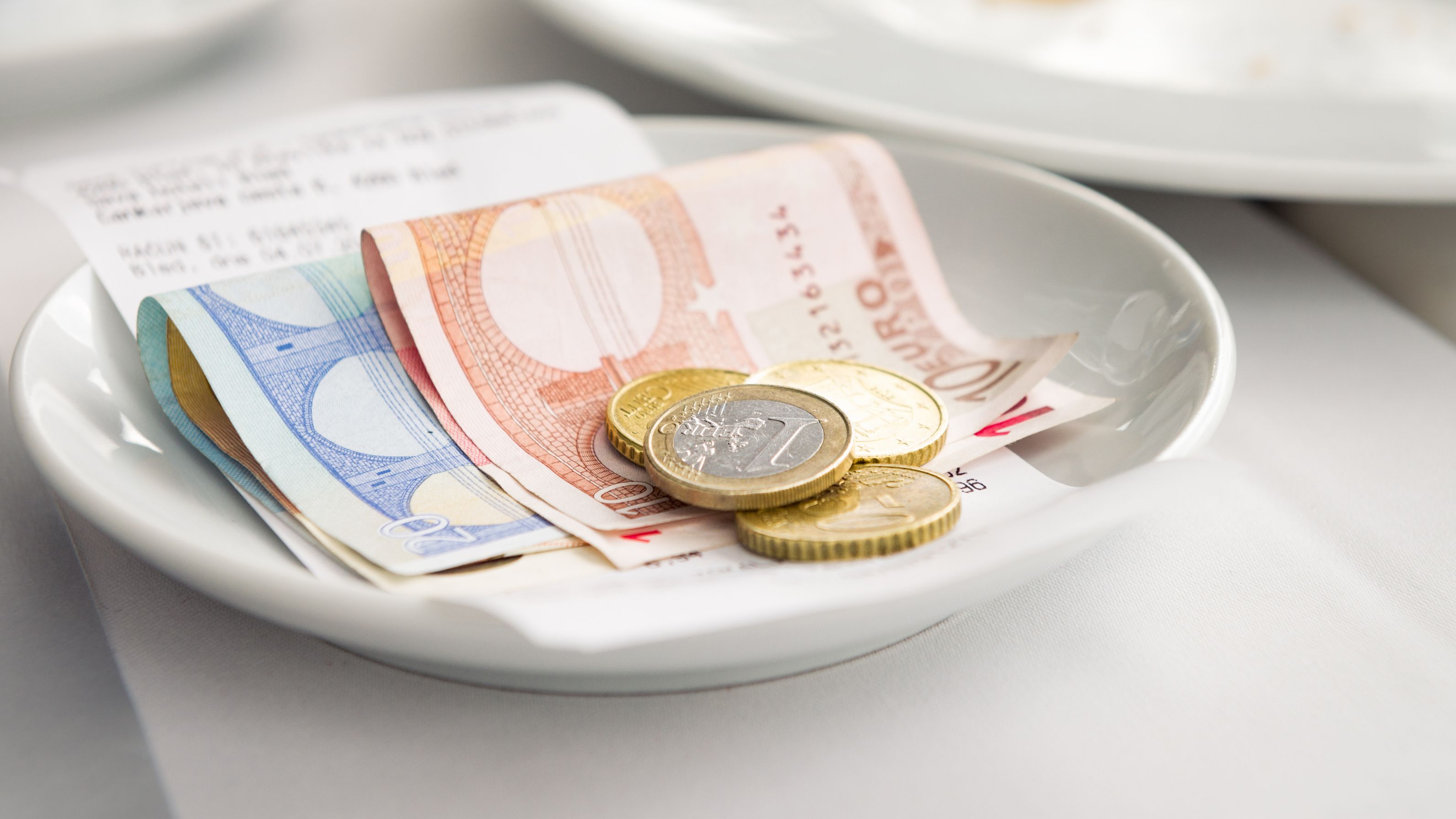The 30 Best Things to Do in Donegal
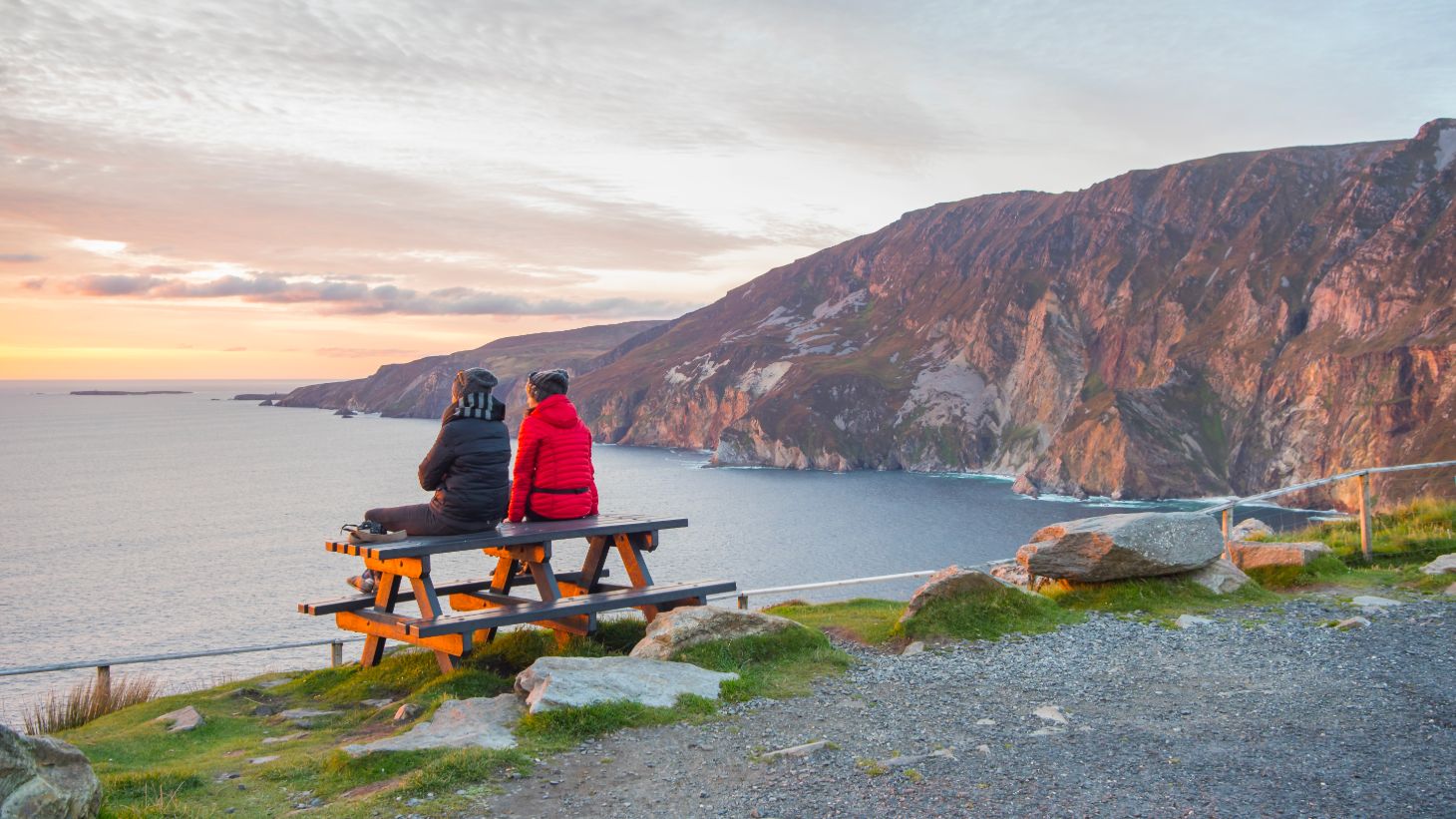
Donegal, with its rugged coastline, majestic mountains, and rich cultural heritage, offers visitors a plethora of experiences to cherish. From exploring ancient ruins to enjoying outdoor adventures, there’s something for everyone in this enchanting county. Here are the 30 best things to do in Donegal:
- Explore Slieve League: Marvel at the awe-inspiring cliffs of Slieve League, among the highest sea cliffs in Europe, offering stunning views of the Atlantic Ocean. Website
- Visit Glenveagh National Park: Discover the beauty of Glenveagh National Park, home to pristine lakes, lush forests, and the stunning Glenveagh Castle. Website
- Stroll through Donegal Town: Wander through the historic streets of Donegal Town, visit Donegal Castle, and browse traditional craft shops. Website
- Drive the Wild Atlantic Way: Embark on a scenic road trip along the Wild Atlantic Way, winding through Donegal’s picturesque coastal landscapes. Website
- Take a Boat Trip to Tory Island: Experience the unique culture and rugged beauty of Tory Island on a boat trip from Donegal’s coast. Website
- Sample Donegal’s Seafood: Indulge in delicious fresh seafood at local restaurants and seaside eateries dotted along Donegal’s coast. Website
- Enjoy Traditional Music: Immerse yourself in the vibrant music scene of Donegal by attending traditional music sessions in pubs and cultural venues. Website
- Discover Inishowen Peninsula: Explore the rugged beauty of Inishowen Peninsula, home to ancient ruins, sandy beaches, and scenic drives. Website
- Surf at Rossnowlagh Beach: Catch some waves or relax on the golden sands of Rossnowlagh Beach, a popular spot for surfing enthusiasts. Website
- Visit Dunfanaghy: Explore the picturesque village of Dunfanaghy, nestled along the coast and surrounded by stunning natural scenery. Website
- Tour Donegal’s Heritage Sites: Step back in time and explore ancient stone forts, medieval castles, and archaeological sites scattered across Donegal. Website
- Play Golf: Tee off at world-class golf courses such as Ballyliffin Golf Club and Narin & Portnoo Golf Club, offering spectacular views of the Atlantic. Website
- Explore Slieve League Cultural Centre: Learn about the history and folklore of Slieve League at the cultural centre, featuring interactive exhibits and guided tours. Website
- Go Fishing: Cast a line into Donegal’s rivers, lakes, and coastline, renowned for its excellent fishing opportunities. Website
- Hike the Bluestack Mountains: Lace up your boots and hike the scenic trails of the Bluestack Mountains, offering panoramic views of Donegal’s landscape. Website
- Attend a Festival: Join in the festivities at one of Donegal’s many cultural events and festivals, celebrating music, arts, and heritage. Website
- Drive through Glengesh Pass: Take a scenic drive through Glengesh Pass, winding through dramatic landscapes and offering breathtaking views. Website
- Visit Doagh Famine Village: Gain insight into Ireland’s history at Doagh Famine Village, an outdoor museum depicting life during the Great Famine. Website
- Explore Marble Arch Caves: Venture into the underground world of Marble Arch Caves Global Geopark, featuring fascinating limestone formations and subterranean rivers. Website
- Cycle Donegal Greenway: Pedal along the scenic Donegal Greenway, a cycling route tracing the old railway line through stunning countryside. Website
- Enjoy a Pint of Guinness: Relax in a traditional Irish pub and enjoy a pint of Guinness, Ireland’s iconic stout, amidst friendly locals. Website
- Take a Guided Walking Tour: Join a guided walking tour to uncover hidden gems and local stories in Donegal’s towns and countryside. Website
- Visit Glencolmcille Folk Village: Step back in time at Glencolmcille Folk Village, showcasing traditional thatched cottages and rural life. Website
- Go Horse Riding: Explore Donegal’s landscapes on horseback with guided horse riding tours available across the county. Website
- Discover Lough Eske: Relax by the shores of Lough Eske, surrounded by scenic beauty and offering opportunities for fishing and water sports. Website
- Learn to Surf: Take a surf lesson on Donegal’s beaches, perfect for beginners and seasoned surfers alike. Website
- Visit Beltany Stone Circle: Explore Beltany Stone Circle, an ancient ceremonial site dating back thousands of years, shrouded in myth and legend. Website
- Sample Donegal Whiskey: Visit local distilleries to sample Donegal’s finest whiskeys, crafted with passion and tradition. Website
- Discover Glenveagh Butterfly Garden: Wander through the enchanting Glenveagh Butterfly Garden, home to a kaleidoscope of fluttering butterflies. Website
- Go Birdwatching: Spot rare bird species and migratory birds at Donegal’s nature reserves, offering diverse habitats for birdwatching enthusiasts. Website
Donegal’s natural beauty, rich history, and warm hospitality make it a must-visit destination for travellers seeking

